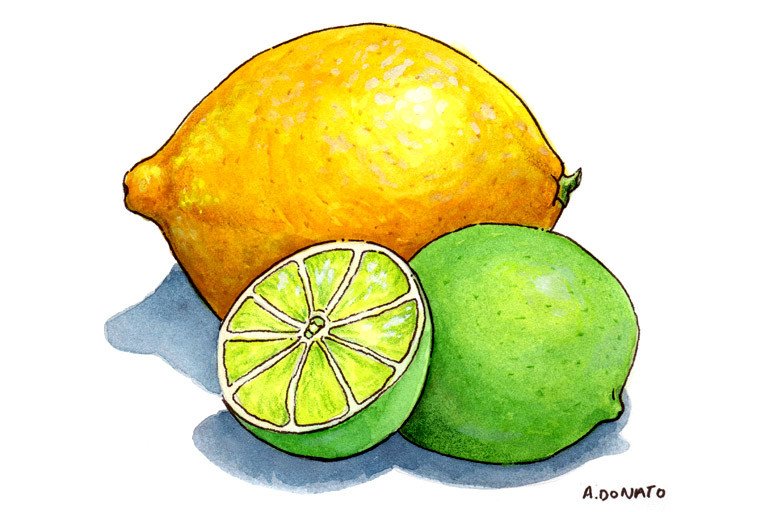
Common Names
- R-limonene
- orange peel oil
- citrus peel oil
- citrene
For Patients & Caregivers
Tell your healthcare providers about any dietary supplements you’re taking, such as herbs, vitamins, minerals, and natural or home remedies. This will help them manage your care and keep you safe.
What is it?
D-limonene has not been shown to treat or prevent cancer.
D-limonene is derived from the peels of citrus fruits. It showed anti-inflammatory, wound healing and anticancer effects in laboratory studies. D-limonene was shown to alter the signaling pathways within cancer cells in a way that stops cancer cells from multiplying and causes their death (this is called "apoptosis"). In animal models, D-limonene slowed the growth of pancreatic, stomach, colon, skin, and liver cancers. It also slowed formation of tumors and their progression in animals exposed to cancer-causing substances. However, these anticancer effects have not been shown in humans.
What are the potential uses and benefits?
- To prevent and treat cancer
An epidemiological study reported an inverse relationship between citrus peel consumption and squamous cell carcinoma, but such effects were not observed in early clinical trials. - To treat heartburn and gastroesophageal reflux
Evidence is lacking to support this claim.
What are the side effects?
- Nausea
- Vomiting
- Diarrhea
- Allergic skin rash
- Asthma
For Healthcare Professionals
Scientific Name
Clinical Summary
Derived from the peels of citrus fruits, D-limonene is a terpene used to prevent and treat cancer, and is also promoted as a treatment for gastroesophageal reflux. Preclinical studies suggest that D-limonene has anti-inflammatory (13) (20), bactericidal (19), wound healing (21) and anticancer effects (14) (16) (17) (18). It was also shown to enhance the activity of docetaxel against prostate cancer cells (15).
Clinical data are limited. Diet supplemented with limonene was shown to help improve inflammatory markers in elderly individuals (23). An epidemiological study reported an inverse relationship between citrus peel consumption and squamous cell carcinoma (4), but an early clinical trial in breast cancer patients failed to support the observations (5) (6). Further research is necessary to determine if D-limonene has a role in the prevention or treatment of cancer.
Purported Uses and Benefits
- Cancer prevention
- Cancer treatment
- Heartburn
- GERD (gastroesophageal reflux)
Mechanism of Action
D-Limonene and its metabolites, perillic acid, dihydroperillic acid, uroterpenol, and limonene1,2-diol, may inhibit tumor growth via inhibition of p21-dependent signaling and apoptosis resulting from induction of the transforming growth factor beta-signaling pathway (9) (10). They also cause G1 cell cycle arrest, inhibit post-translational modification of signal transduction proteins, and cause differential expression of cell cycle- and apoptosis-related genes (6).
D-limonene induces apoptosis via the mitochondrial death pathway and suppression of the PI3K/Akt pathway in human colon cancer cells (16). Animal studies show activity of D-limonene against pancreatic, stomach, colon, skin, and liver cancers (5) (17). Data also indicate that D-limonene slows the promotion/progression stage of carcinogen-induced tumors in rats (11) (12). The chemopreventive activity of D-limonene may be via inhibition of inflammation, oxidative stress and Ras-signaling as well as the induction of pro-apoptotic state in a mouse model of skin tumorigenesis (18).
In another study, D-limonene and its metabolite perillyl alcohol were shown to affect wound healing by decreasing systemic cytokine production, and by inhibiting endothelial P-selectin expression and neo-vascularization (21).